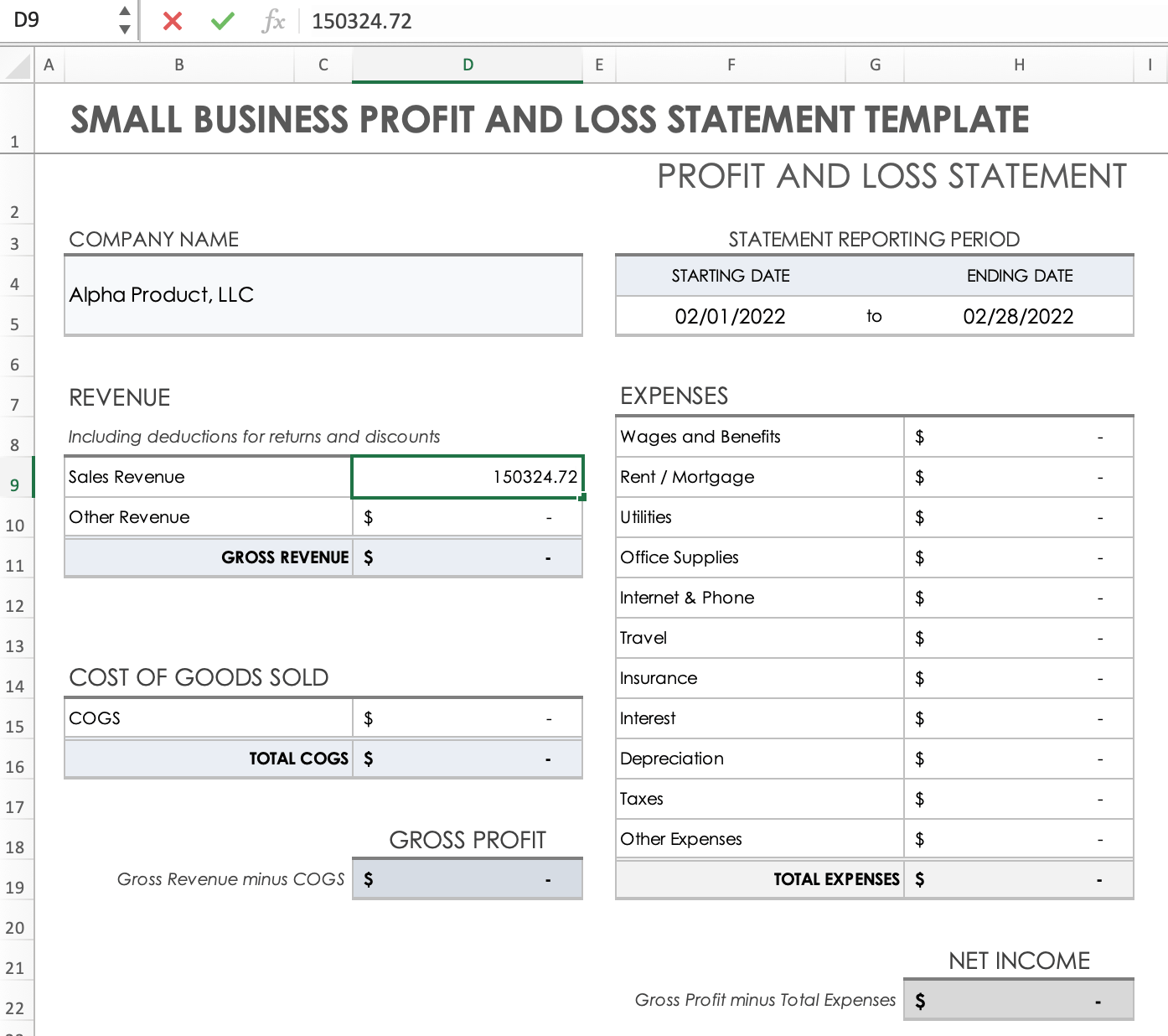The Ultimate Guide To Excel Links Not Working
Table of ContentsThe Best Guide To Excel Links Not WorkingHow Excel Links Not Working can Save You Time, Stress, and Money.7 Easy Facts About Excel Links Not Working DescribedNot known Incorrect Statements About Excel Links Not Working The Only Guide to Excel Links Not Working

However, array estimation features like either can not take care of entire column recommendations or determine all the cells in the column. User-defined functions do not automatically recognize the last-used row in the column and, as a result, regularly compute entire column references inefficiently. Nonetheless, it is easy to program user-defined features so that they identify the last-used row (excel links not working).

Getting The Excel Links Not Working To Work
Making use of the formula for a dynamic range is usually preferable to the formula because has the disadvantage of being an unpredictable function that will be determined at every recalculation. Efficiency reduces since the function inside the dynamic variety formula should examine lots of rows. You can lessen this performance reduction by keeping the component of the formula in a different cell or defined name, and afterwards describing the cell or name in the dynamic variety: Counts!z1=COUNTA(Sheet1!$A:$A) Offset, Dynamic, Range=OFFSET(Sheet1!$A$ 1,0,0, Counts!$Z$ 1,1) Index, Dynamic, Variety=Sheet1!$A$ 1: INDEX(Sheet1!$A:$A, Counts!$Z$ 1+ROW(Sheet1!$A$ 1) - 1,1) You can likewise use features such as to construct vibrant varieties, but is volatile and also always calculates single-threaded.
Utilizing multiple dynamic varieties within a single column requires special-purpose checking features. Making use of numerous dynamic ranges can lower efficiency. In Office 365 variation 1809 and also later, Excel's VLOOKUP, HLOOKUP, as well as MATCH for specific match on unsorted information is much faster than in the past when searching for numerous columns (or rows with HLOOKUP) from the exact same table variety.
There are numerous ways of boosting lookup computation time. If you use the precise match option, the computation time for the function is proportional to the variety of cells scanned prior to a match is found. For lookups over large ranges, this time can be significant. Lookup time making use of the approximate match options of,, and on sorted data is fast and also is not considerably enhanced by the length of the range you are searching for.
The 9-Minute Rule for Excel Links Not Working
Make sure that you understand the match-type and range-lookup alternatives in,, as well as. The complying with code instance shows the phrase structure for the feature. SUIT(lookup worth, lookup variety, matchtype) returns the why not try this out largest match much less than or equivalent to the lookup value when the lookup array is arranged ascending (approximate match).
The default alternative is approximate suit sorted rising. The complying with code example reveals the phrase structure for the and also functions.
VLOOKUP(lookup her latest blog worth, table array, col index num, range-lookup) HLOOKUP(lookup worth, table variety, row index num, range-lookup) returns the largest match much less than or equal to the lookup worth (approximate match). Table array should be arranged rising.
Everything about Excel Links Not Working
If your information is sorted, but you want a precise suit, see Use two lookups for sorted data with missing values. Try utilizing the as well as works rather than. Although is somewhat much faster (around 5 percent much faster), simpler, as well as utilizes much less memory than a combination of and, or, the added flexibility that as well as deal usually allows you to dramatically conserve time.
The function is fast as well as is a non-volatile function, which quickens recalculation. The function is likewise quick; nevertheless, it is an unstable function, and it in some cases substantially increases the moment taken to refine the estimation chain. It's easy to transform to as well as. The adhering to two declarations return the very same response: VLOOKUP(A1, Data!$A$ 2:$F$ 1000,3, False) INDEX(Information!$A$ 2:$F$ 1000, MATCH(A1,$A$ 1:$A$ 1000,0),3) Since specific match lookups can be sluggish, take into consideration the adhering to choices for boosting efficiency: Utilize one worksheet.
When you can, the information first (is rapid), and use approximate suit. When you see here now should use a specific match lookup, restrict the range of cells to be checked to a minimum. Use tables and also organized recommendations or dynamic variety names as opposed to referring to a a great deal of rows or columns.
The Facts About Excel Links Not Working Uncovered
2 approximate suits are dramatically faster than one specific match for a lookup over even more than a couple of rows. (The breakeven point has to do with 10-20 rows.) If you can sort your information but still can not utilize approximate suit because you can not make sure that the worth you are looking up exists in the lookup range, you can use this formula: IF(VLOOKUP(lookup_val, lookup_array,1, Real)=lookup_val, _ VLOOKUP(lookup_val, lookup_array, column, True), "notexist") The very first component of the formula functions by doing an approximate lookup on the lookup column itself.
VLOOKUP(lookup_val, lookup_array, column, Real) If the response from the lookup column did not match the lookup value, you have an absent value, as well as the formula returns "notexist". Realize that if you look up a worth smaller sized than the smallest value in the list, you receive an error. You can handle this mistake by utilizing, or by including a little test worth to the checklist.
Beginning with Excel 2007, you can utilize the function, which is both easy and fast. IF IFERROR(VLOOKUP(lookupval, table, 2 FALSE),0) In earlier versions, an easy yet slow way is to utilize a feature that consists of 2 lookups. IF(ISNA(VLOOKUP(lookupval, table,2, FALSE)),0, _ VLOOKUP(lookupval, table,2, FALSE)) You can avoid the double precise lookup if you utilize specific as soon as, save the result in a cell, and after that examine the result before doing an.